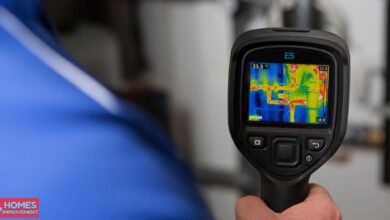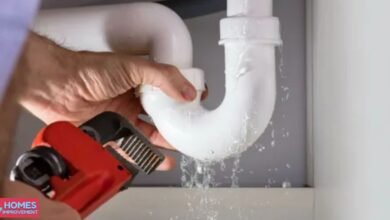How to Quickly Shut Off Water During a Plumbing Crisis
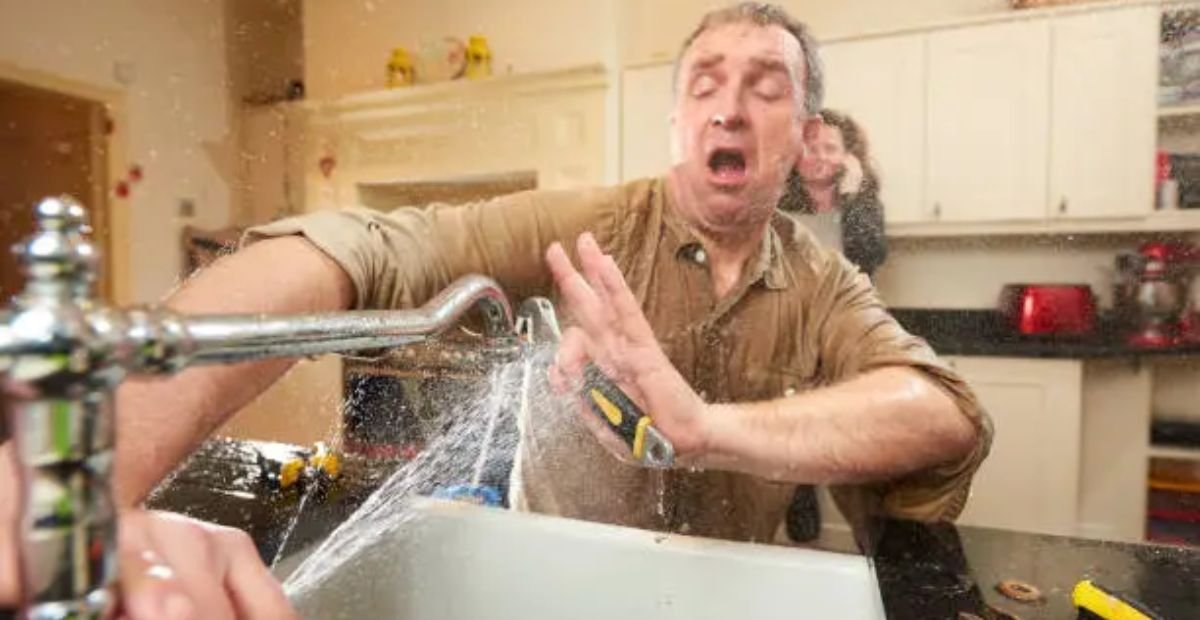
When a plumbing emergency strikes — a burst pipe, an overflowing toilet, or water gushing from under the sink — every second counts. Water can cause catastrophic damage to floors, walls, and electrical systems in a matter of minutes. The good news? A lot of that damage can be avoided simply by knowing how to shut off the water supply quickly and safely.
This guide walks you through everything you need to do in the event of a plumbing crisis, from recognising warning signs to finding the right shut-off valve, and how to prepare your home so you’re never caught off guard again.
Recognising a Plumbing Emergency
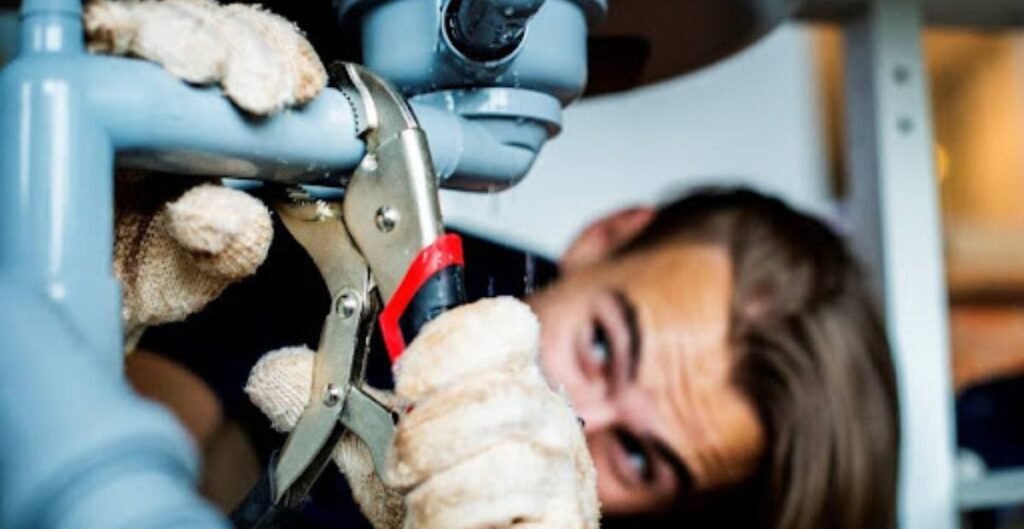
Before anything else, it’s essential to know what counts as a plumbing emergency. Some of the most common include:
- · Burst or leaking pipes
- · Overflowing toilets
- · Leaking or broken water heaters
- · Flooding from appliances like dishwashers or washing machines
- · Water stains or dripping from ceilings
In all of these cases, your top priority is to stop the water flow as quickly as possible. That starts with knowing where your shut-off valves are located.
If you’re unable to find and solve the issue yourself, Emergency Plumber Services in Essex are available to respond quickly and help prevent further damage. Professional support can be critical when leaks are severe, hidden, or impacting electrical systems.
How to Shut Off the Water Quickly?
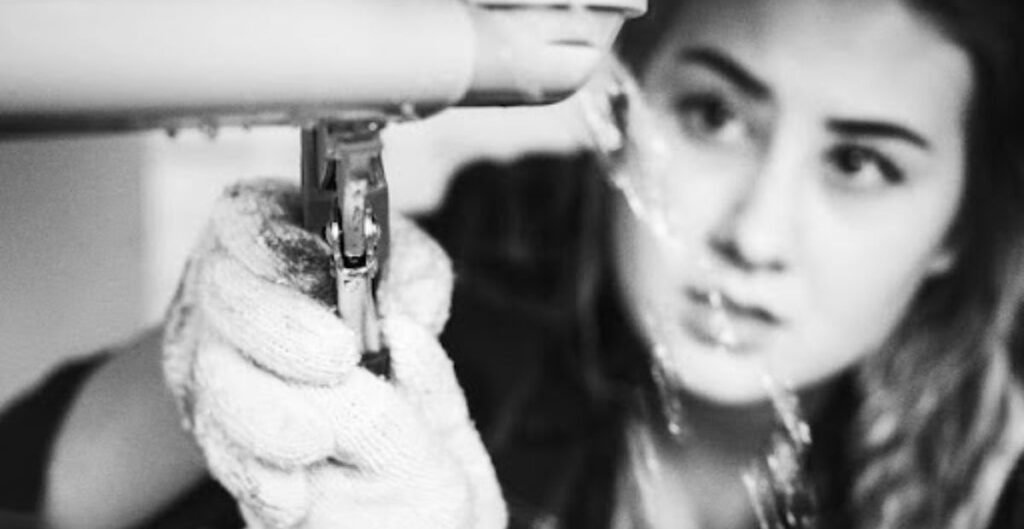
Step 1: Stay Calm & Assess the Situation
Before you rush in, quickly assess whether the issue is localised (like a toilet or tap) or affecting a larger area. This helps determine which valve to target.
Step 2: Shut Off the Nearest Fixture Valve
If the leak is isolated — such as a toilet overflow or under-sink pipe burst — locate and turn off the valve specific to that fixture by turning it clockwise.
Step 3: If That Doesn’t Work, Shut Off the Main Water Supply
If water is gushing uncontrollably or you can’t find the right fixture valve, locate the main shut-off valve and turn it clockwise (right) to stop the entire supply.
Step 4: Drain the Remaining Water
After shutting off the main valve, open the cold taps in your home to help drain the pipes. This can reduce further leaks or pressure.
Step 5: Ensure Electrical Safety
If water has comes into contact with any sockets or electrical equipment, do not touch anything. Switch off the electricity at the fuse box and call a professional immediately.
Tools You Might Need
· Adjustable spanner or water key (especially for external meter boxes)
· Torch for low-light or under-sink areas
· Towels and buckets to catch water or prevent spreading
· Phone to contact an emergency plumber if necessary
Having these tools in an accessible, designated place can save you time in a real emergency.
What to Do After the Water Flow Stops?
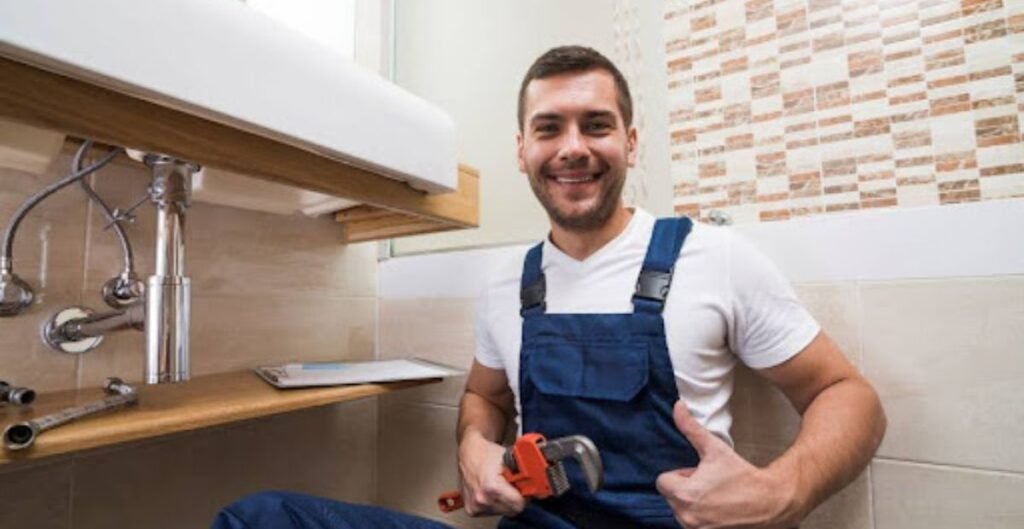
Once you’ve stopped the water flow:
- Soak up standing water with towels or a wet/dry vacuum
- Call a plumber for professional assessment and repair
- Inspect adjacent areas (e.g., ceilings below leaks) for hidden water damage
- Take photos if needed for insurance claims
Preparing for Future Plumbing Crises
Plumbing emergencies are far less stressful when you’re prepared. Here are some tips to ensure you’re ready:
- Label shut-off valves clearly — use waterproof stickers or tags.
- Educate everyone in the household on how to find and use the valves.
- Regularly check valves for corrosion or difficulty turning.
- Keep plumber contact info handy, saved in your phone or on the fridge.
- Consider a smart leak detection system that can alert you to small leaks before they become major problems.
When to Call an Emergency Plumber
There are times when shutting off the water simply isn’t enough. Call a professional immediately if:
- You can’t find or operate the shut-off valve
- The leak is behind walls or under the floor
- Pipes have burst, especially in winter
- Water damage is affecting electrics
- You lack the tools or confidence to proceed safely
If you’re based in the South East, ALK Emergency Plumbers are available 24/7 to handle exactly these kinds of issues with speed and professionalism.
Conclusion
A plumbing crisis can be overwhelming, but knowing how to quickly shut off your water supply can make all the difference. Whether it’s a small leak or a full-blown flood, understanding your home’s plumbing system and having a plan in place will help you act swiftly and minimise damage.
The next time you hear the sound of rushing water where it shouldn’t be, remember: stay calm, shut it off, and sort it out.
If you need more information, click on this link.

